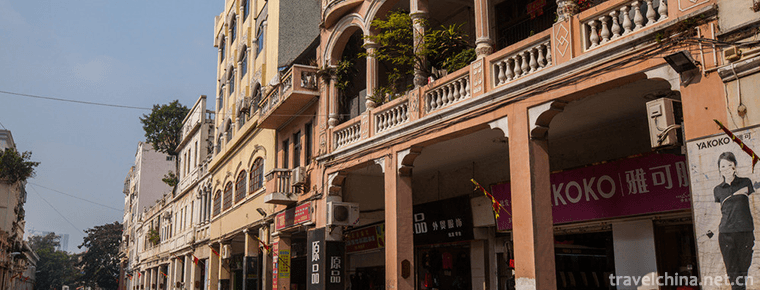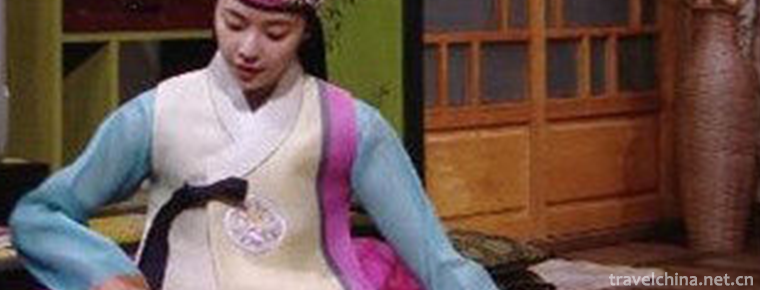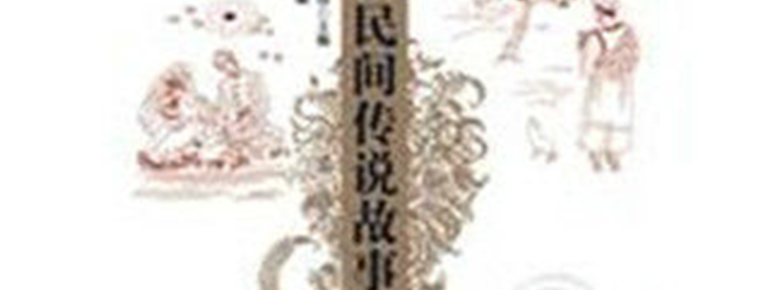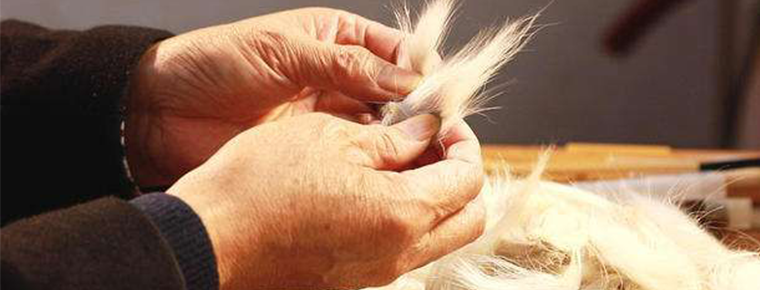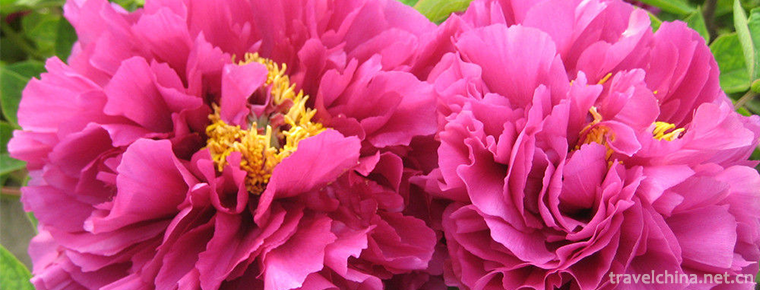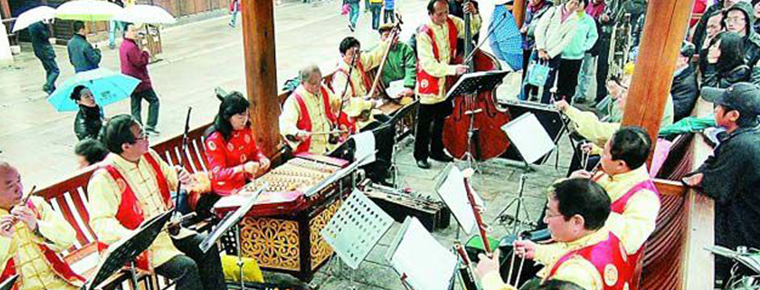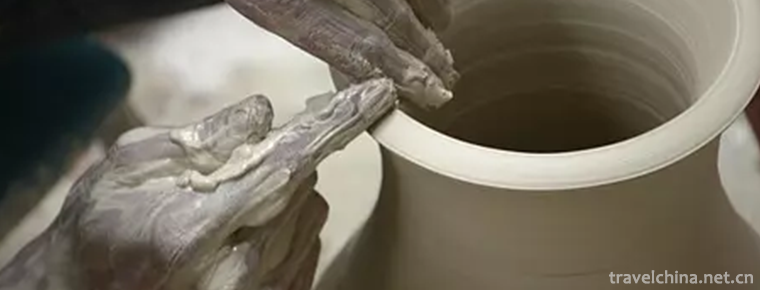Yazhou Folk Songs
Yazhou Folk Songs
Yazhou folk song is one of the ancient folk songs in Hainan Province. It is popular in the areas of Yazhou and Dongfangkangcheng, west of Sanya Yacheng and east coast of Ledong. Yazhou Guest (Han) dialect is a kind of Chinese ballad, which is singing in Yazhou Guest (Han) dialect and has a stringent and self-contained rhythm. It spreads from the "Xiliuli" countryside of ancient Yazhou and spreads around it. The ancient Yazhou folk songs are still being sung today. Without any fancy decoration, folk singers pour passionate tunes into their singing and release their love for life in plain language one by one.
On May 20, 2006, Yazhou folk songs were listed in the first batch of national intangible cultural heritage list with the approval of the State Council.
historical origin
The so-called "Yazhou folk song" refers to a kind of Chinese folk song which is sung in the Hakka dialect, has a stringent and self-contained rhythm and spreads around the "Xiliuli" countryside in ancient Yazhou. "Yazhou Chronicle" points out: "There are six kinds of Yazhou dialect. The Hakka dialect "written in it" is similar to the Min dialect, which is spoken in Yongning Li, Linchuan Li, Baoping Li and Xiliuli. Same as county language. The "guest language" here refers to the Chinese dialect used to sing Yazhou folk songs. It belongs to the South Fujian Language Family; it was brought by Fujian immigrants later, so it was stained with the word "guest".
Originated in the fifth year (972) of Kaibao, Taizu of the Song Dynasty, Yazhou was established in the Yacheng town of Sanya City, Lingyuan and Jiyang counties (present Sanya and Huangliu). Folk songs produced and spread in this area are collectively called Yazhou Folk Songs.
The formation of Yazhou folk songs has two main elements: one is that immigrants from Central Plains move in constantly, and spread folk songs to Yazhou; the other is that immigrants move into Yazhou after a long period of coexistence, forming Yazhou dialect, folk customs, and then evolve or produce Yazhou folk songs with popular language, strong local accent and quite local characteristics.
The origin of Yazhou folk songs is not clearly recorded in the Records of Yazhou. However, from the collected Yazhou folk songs, it can be inferred that folk songs originated in the Song Dynasty and flourished in the late Qing Dynasty. At first, it was just the poets singing in order to express their feelings, and it was gradually introduced into the folk to sing freely among the working people.
artistic characteristics
Yazhou folk songs have obvious marks of Buddhist "Zhaige" and Tang poetry. Buddhism was introduced into Hainan in the Tang Dynasty. The first Buddhist temple was Dayun Temple built in Yacheng Town of Sanya City (Guyazhou). When Jianzhen, a Tang monk, was wandering eastward to Zhenzhou (later Yazhou) due to typhoon attack for the fifth time, he lived in the temple, spread Buddhist culture and chanted "Zhaige" (commonly known as Zhengzhou). The sigh of Yazhou folk songs comes from Zhaige. The lyrics of Yazhou folk songs are close to seven-character Tang poems, which are obviously influenced by Tang poems.
With the development of the times, the singing forms of "Sanqi" and "Changteng" have broken the frame structure of the original four sentences and 28 words of Yazhou folk songs, and gradually developed to 30-40 words. Folk songs can be sung on any occasion, in the fields, in front of the house and in the courtyard.
Yadong is not as prosperous as Yaxi.
As a folk phenomenon, Yazhou folk songs are mainly popular in the countryside known as "Xiliuli" in ancient times, that is, the countryside along the coast of Ledong today. Therefore, the representative works and famous singers that embody the highest level of cliff songs come from the west of the cliff. To the east of Yacheng, there are also settlements of immigrants who speak Hakka dialect. Why can't ballads flourish here as well as in the west of Yacheng? There may be two reasons. First, the Eastern immigrants came early, mostly settled in the Song and Yuan Dynasties, but at that time, Yage had not yet taken root in this land; second, their settlements were scattered, and they used to settle only in Yongning, Linchuan and Baoping, which were once surrounded by other nationalities or ethnic groups, and it was difficult to form a strong force. Language and culture. However, "Xiliuli" is different. These six libraries are continuous and almost belong to the unification of the Hakka dialect group. This area is generally more barren than Yadong, so late immigrants from southern Fujian can only live here. At this time, it is time for the Ming and Qing Dynasties, Yazhou ballads should be early finalized, because the Hakka language group in Yaxi has a large number of people, this kind of ballad in the local prosperity is of course.
Yazhou folk song has a wide range of subjects, rich content, lyrics are mostly seven words, from human history, scenery to production, labor and social life in all fields. More than 100 long narrative poems have been found, which are gems of Yazhou folk songs. Yazhou folk songs have beautiful tunes, such as trumpet, Hawking tune, pull major, tender tone, sigh, humming minor, etc. Common repertoires are "Ten Sending Lovers", "Liang Sheng Ge", "Zhang Sheng Ge", "Meng Lijun", "Zhu Chunyuan" and so on.
This folk song, which has been handed down orally and manually, is a folk song for Yazhou people to express their feelings in production and life and to sing praises for a better life. It is also a song for woodcutters, fishermen and common people.
Yazhou folk songs generally have four parts: long narrative songs, long life songs, short songs and antiphonal songs. Long narrative songs (commonly known as Song Enclosure or Great Dynasty Song), each of which is a long narrative poem; long songs (commonly known as singing cards), the representative works of this kind of folk songs are "Weaving a Woman in a Poor Family" and "Ten Lovers". Short songs (commonly known as songzi) are composed of seven words and four sentences. Short songs are mostly impromptu songs, with many excellent works. Singing a wide range, such as "Guanyin Reclamation Song"; in addition, there are also song pairs (commonly known as Answer Song), folk artists have a strong ability of oral improvisation and adaptability, the content of the song at will, and the improvisation and Answer all night long to sing, which is excellent in folk culture.
Yazhou folk songs have strict rhythm. In the four lines of each song (or paragraph), the ending of the first, second and fourth sentences is required to rhyme (the first sentence is not allowed to be out of rhyme). The tones of the four ending tones are also strictly stipulated in sequence as entering tone (or Yinping), Yinping tone, entering tone and Yangping tone. That is to say, the final tone of the other three sentences should not be changed except that the ending tone of the first sentence can be accommodated slightly. In addition to the ending, other pronunciations should be as flat as possible. The tone of the fourth word in each sentence is especially strict. In addition, the four finals in each song (or paragraph) are not allowed to repeat each other. In short, as far as prosody is concerned, it is more stringent than absolute sentences or bamboo branch words.
Representative Works
"Ten Sending Lovers", "Liang Sheng Ge", "Zhang Sheng Ge", "Meng Lijun", "Zhu Chunyuan" and so on
Inheritance Significance
Yazhou folk songs are popular with the masses and have been passed on by oral and heart-to-heart teaching for a long time. Because folk art is rooted in the soil of the masses, folk song transformation has never stopped. Folk singers chant through objects, injecting local customs into the songs, adding fresh blood and vitality to the form and content of folk songs.
However, due to few market factors, the lack of market promotion makes the promotion of art forms, including Yazhou folk songs, narrower and narrower. Like many ancient folk arts and cultures in China, Yazhou folk songs are also facing severe problems of artistic inheritance. Under the impact of the trend of modernization, this kind of folk music is difficult to compete with the surging pop music. If it is not rescued and protected in time, it will disappear with the departure of the heirs.
The state attaches great importance to the protection of intangible cultural heritage. On May 20, 2006, Yazhou folk songs were approved by the State Council and listed in the first batch of national intangible cultural heritage list.


-
Holiday Beach
Holiday beach is located on the west coastal avenue of Haikou City, which is 6 kilometers long. On the left side is the verdant forest belt of ephedra, with resorts, hotels, playgrounds and so on.
Views: 320 Time 2018-12-23 -
Haikou Arcade Street
The old arcade street in Haikou is one of the most distinctive Street landscapes in Haikou. Four of the oldest buildings were built in the Southern Song Dynasty.
Views: 231 Time 2019-02-07 -
Gallequin Art
Jia Liqin is made by Jia Xiwang of Jia Liguo, who imitates Chinese Han Zheng. The shape is similar to that of Zheng, and it is also a string and a pillar. There are twenty-one strings in the current G.
Views: 172 Time 2019-04-30 -
Hui Folk Stories
Hui Folklore Stories is a book published by Ningxia People's Publishing House in 2009 by Li Shujiang and Wang Zhengwei..
Views: 356 Time 2019-05-04 -
Brush making skills
Brush making skills, local folk traditional skills in Huangpu District of Shanghai and Jiangdu District of Yangzhou City of Jiangsu Province, one of the national intangible cultural heritage..
Views: 173 Time 2019-05-24 -
Peony legend
Peony legend is one of the folk legends in Luoyang, Henan Province. Since Luoyang Peony became famous all over the country, myths, folklores and interesting stories have emerged one after another. The.
Views: 232 Time 2019-06-05 -
Ten times of music
Shifan music is a traditional instrumental music spread by Hakkas in Fuzhou and Western Fujian Province. It has been circulated since the middle of Daoguang in the Qing Dynasty. The origin of Shifan m.
Views: 307 Time 2019-06-15 -
Celadon Firing Techniques of Yue Kiln
The firing history of celadon in Yue kiln has gone through the firing process of primitive, primitive and mature ceramics kilns and mature ceramics kilns (i.e. ceramics kilns). In the firing process, .
Views: 140 Time 2019-07-16 -
North Sichuan Medical College
North Sichuan Medical College is located in Nanchong City, a famous historical and cultural city in Sichuan Province and the birthplace of Three Kingdoms Culture. The school's predecessor was the Nort.
Views: 281 Time 2019-08-31 -
Cai Jing
Cai Jing (February 14, 1047 - August 11, 1126), character length, Northern Song Dynasty Prime Minister , calligrapher, Xinghua Army Xianyou County cixiao Li Chi Ling (Xianyou County, Putian City, Fuji.
Views: 181 Time 2019-09-14 -
Gongga Mountain
Gongga Shan, also known as Minya Konka, is located in the south of Kangding, Sichuan Province. It is the main peak of Daxue mountain. There are 45 peaks with an altitude of more than 6000 meters. .
Views: 117 Time 2020-10-13 -
Thanksgiving tower
Baoen tower is located in Baoen tower Cultural Square, Jiangyang District, Luzhou City, Sichuan Province, commonly known as Luzhou white tower. It is one of the cultural relics under key protection in Luzhou city. Its unique "white pagoda dawn" is one of the "Eight Sights of Luzhou"..
Views: 135 Time 2020-10-15

